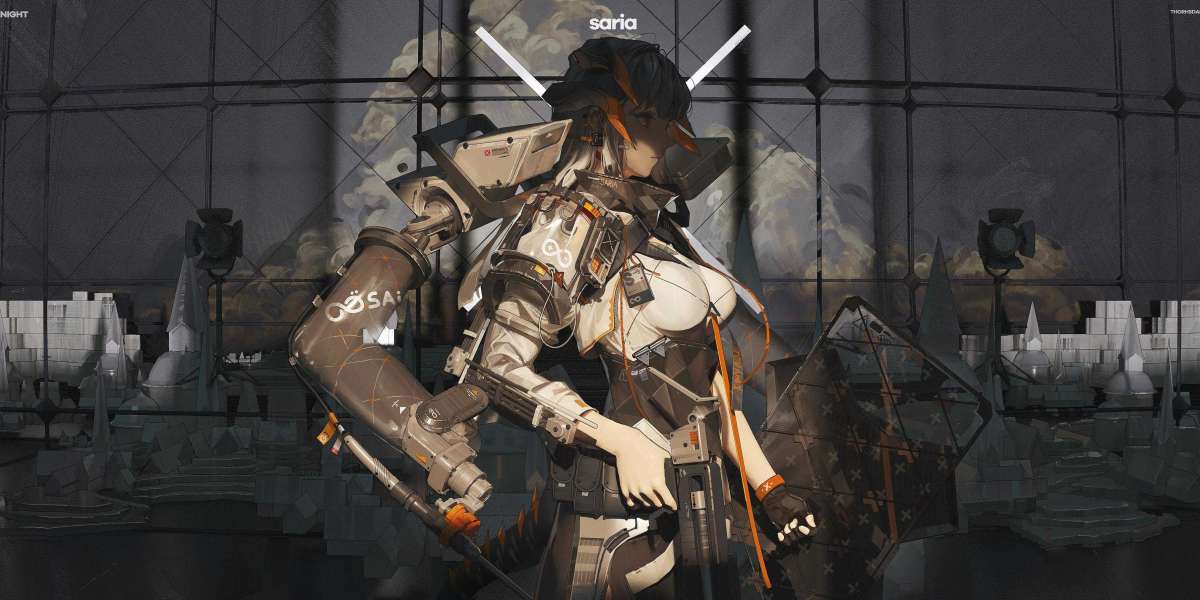Unlocking the Secrets: What Really Determines the Lifespan of Your Solar Inverter?
Solar inverters play a crucial role in solar energy systems, acting as the heart that converts the direct current (DC) generated by solar panels into alternating current (AC), which is usable for our homes and businesses. As solar energy gains popularity, many users are concerned about the lifespan of their solar inverters and what factors might influence assessing how long your solar inverter should last. Understanding these elements is essential for anyone looking to make a sound investment in solar technology, as the longevity of your inverter can significantly impact the overall efficiency and cost-effectiveness of your solar energy system.

Understanding Solar Inverters
A solar inverter is an essential device in a solar energy system, responsible for converting the DC electricity generated by solar panels into AC electricity that can be used in homes or fed back into the grid. There are several types of solar inverters, including string inverters, microinverters, and power optimizers, each with distinct characteristics and advantages. String inverters are typically used in residential installations and connect multiple solar panels in a series, while microinverters are installed on each panel individually, allowing for more efficient energy production in shaded or unevenly lit areas. Power optimizers work alongside string inverters to enhance energy production, particularly in systems with shading or varying panel orientations. Understanding these differences is crucial as they can also impact the lifespan and performance of your inverter.
Factors Affecting Lifespan
The lifespan of solar inverters can vary significantly, influenced by a multitude of factors. Environmental conditions, maintenance practices, and usage patterns all play a role in determining how long your inverter will last. For instance, inverters are typically rated for a lifespan of 5 to 15 years, but with the right care and conditions, some can last even longer. It's essential for users to be aware of these factors and how they can proactively manage them to extend the life of their investment.
Environmental Conditions
Environmental conditions can have a profound impact on the longevity of solar inverters. Extreme temperatures, both hot and cold, can affect the internal components of the inverter, potentially leading to premature failure. High humidity levels can also cause moisture to accumulate inside the device, increasing the risk of corrosion and electrical failures. Additionally, inverters exposed to dust, dirt, and other elements without adequate protection may experience a decrease in performance and lifespan. For instance, a friend of mine who installed solar panels in a coastal area noticed that their inverter required more frequent servicing due to salt and sand exposure, which prompted them to invest in protective housing.
Maintenance Practices
Regular maintenance and inspections are crucial for extending the lifespan of solar inverters. Cleaning the inverter and surrounding areas to prevent dust and debris buildup can improve airflow and cooling, reducing the risk of overheating. Monitoring performance through regular checks can help identify any issues early on, allowing for timely repairs or replacements. Even simple tasks like ensuring that the inverter's vents are unobstructed can significantly enhance its functionality. A family member who diligently maintained their solar system reported that their inverter outlasted the warranty period, showcasing how proactive care can yield impressive results.
Usage Patterns
The way users operate their solar systems can also affect inverter lifespan. Load management and energy consumption habits play a significant role in determining how hard the inverter has to work. For instance, consistently pushing the inverter to its maximum capacity can lead to overheating and quicker wear and tear. Users should be mindful of their energy consumption, especially during peak hours, and consider spreading out heavy usage to avoid straining the system. One of my friends learned this the hard way; after noticing an increase in energy bills, they adjusted their usage pattern and saw both improved efficiency and reduced wear on their inverter.
Signs of an Aging Inverter
As solar inverters age, certain signs can indicate that they may be nearing the end of their lifespan. Users should be vigilant for warning lights on the inverter, unusual noises, or a noticeable decline in energy production. Monitoring these changes is crucial, as timely interventions can prevent more significant issues down the line. Regularly reviewing performance data can help users catch these signs early, allowing for repairs or replacements before the inverter fails completely. It’s often more cost-effective to replace an aging inverter proactively than to wait for it to fail entirely.
Best Practices for Extending Inverter Lifespan
In summary, understanding the key factors that determine the lifespan of solar inverters is essential for maximizing the return on your solar investment. By being aware of environmental conditions, committing to regular maintenance, and adopting mindful usage patterns, users can significantly extend the life of their solar inverters. Implementing best practices, such as keeping the inverter clean and monitoring its performance regularly, can lead to more efficient operation and long-term savings. Ultimately, taking proactive measures will ensure that your solar energy system remains productive and cost-effective for years to come.
Maximizing Your Solar Inverter's Lifespan
In conclusion, understanding the lifespan of solar inverters and the various factors that influence it is vital for any solar energy user. By being informed and proactive, you can enhance the longevity of your solar inverter, ensuring that you reap the maximum benefits from your solar energy investment. Remember, a well-maintained inverter not only saves you money but also contributes to a more sustainable and efficient energy future.



